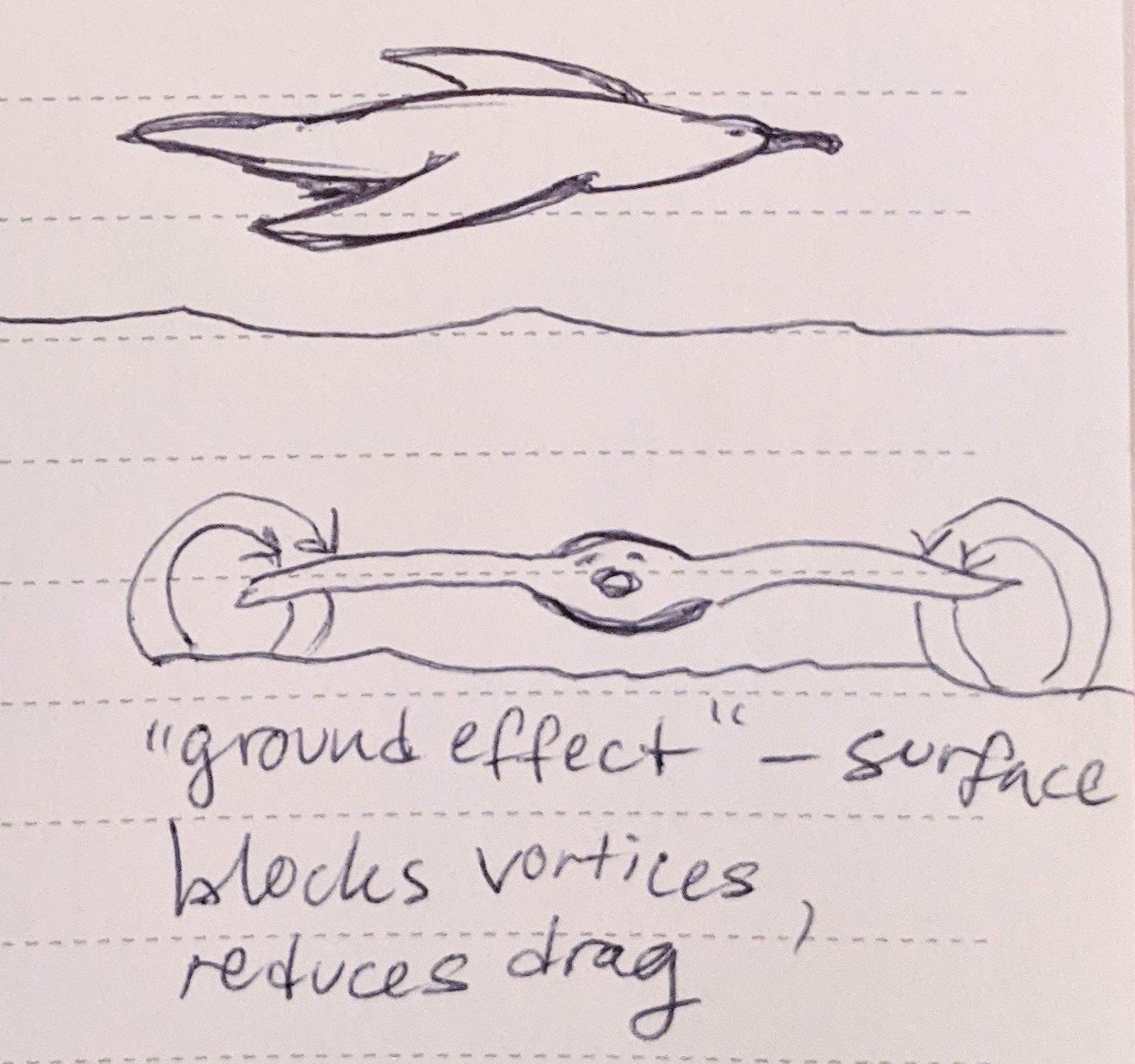Date:
9/2/21, 6:30 - 8:00pm
9/2/21, 6:30 - 8:00pm
Location:
Montrose Beach Dunes (Chicago, IL)
Montrose Beach Dunes (Chicago, IL)
Conditions:
Overcast, 72-75°
Overcast, 72-75°
Focus:
Finding functions
Finding functions
Another favorite natural area close to home, I chose this site for something different from the more forested area from my previous observation. While the two locations are very near to each other along Lake Michigan, the dunes are a more coastal ecosystem with distinct plant and animal life - likely closer to what much of the lakeshore may look like had it been left undeveloped.
Observations:
After discovering all the activity that began to happen after sundown a few nights earlier, I had similar expectations for this location, which throughout the summer is typically bustling with activity from migratory and resident birds. But similar to my first site, this area was much quieter than usual without a lot of wildlife activity. However, this gave me the opportunity to pay closer attention to what was there. And it led to some interesting observations:
1. There were dozens of seagulls on the beach. The longer I watched them, I noticed when they flew to a different area, they would all fly low, very close to the surface of the water. Typically I see gulls flying higher, but now noticed them all following this low-flying pattern at this particular time. I later learned that skimming a surface enables birds to fly more efficiently due to a phenomenon called the “ground effect”, where the surface (in this case, water) modifies the air flow around the wing in a way that reduces drag.[1]
2. Around 7:40 p.m. I shut my eyes and listened for every sound I noticed - waves crashing, cicadas buzzing loudly, and people in the distance. Only after shutting my eyes did I notice the sound of crickets chirping, which was mostly drowned out by the cicadas. Within the next 15 minutes the cicada buzzing had almost entirely stopped after being the predominant sound for the entire evening, leaving the crickets as the most prominent natural noisemaker. This led me to investigate how crickets and other wildlife may be impacted by the noise level of cicadas (which can reach 90 decibels, equivalent to a lawn
mower).[2] Research on this specific relationship appears limited, but other studies on the effects of external noise on cricket and bird communication signals shows that both species will signal less often when competing with loud noises at similar frequencies to conserve energy[3][4] (in the case of birds, they may adjust frequency as well to avoid being masked by noise of similar frequencies).[5]
mower).[2] Research on this specific relationship appears limited, but other studies on the effects of external noise on cricket and bird communication signals shows that both species will signal less often when competing with loud noises at similar frequencies to conserve energy[3][4] (in the case of birds, they may adjust frequency as well to avoid being masked by noise of similar frequencies).[5]
The signaling function and strategy is one that I found particularly compelling, as it could have implications for our own communication strategies, and is already inspiring innovations for things like pest control[6] and underwater communications.[7]
In a broad sense, this demonstrates how adjustments in communication strategies can be made in order to avoid simply adding to the “noise”, instead rising above it in order to be more effective at reaching the right audience.
(future client in communications/marketing)



Citations:
1. Ehrlich, Paul R., David S. Dobkin, and Darryl Wheye. Skimming: Why birds fly low over water. Stanford. Accessed September 5, 2021. https://web.stanford.edu/group/stanfordbirds/text/essays/Skimming.html#:~:text=Skimming%20permits%20the%20birds%20to,the%20progress%20of%20the%20wing.
2. Hrustic, Alisa. “Why Are CICADAS so NOISY? Here's the Science behind Their Deafening Buzz.” Prevention. Prevention, May 30, 2021. https://prevention.com/life/a32651359/cicada-sounds/.
3. Gallego-Abenza, Mario, Nicolas Mathevon, and David Wheatcroft. “Experience Modulates an Insect's Response to Anthropogenic Noise.” OUP Academic. Oxford University Press, September 27, 2019. https://academic.oup.com/beheco/article/31/1/90/5574703.
4. Hart, Patrick J., Robert Hall, William Ray, Angela Beck, and James Zook. “Cicadas Impact Bird Communication in a Noisy Tropical Rainforest.” OUP Academic. Oxford University Press, April 3, 2015. https://academic.oup.com/beheco/article/26/3/839/234674.
5. Ibid.
6. Gammon, Katharine. “Fighting Pests with Sound Waves, Not Pesticides.” TakePart, November 4, 2015. http://www.takepart.com/article/2015/11/04/sound-waves-could-replace-pesticides-fighting-pest-devastation-orange-groves.
7. Acoustical Society of America (ASA). "Secrets of the cicada's sound." ScienceDaily. May 30, 2013. https://www.sciencedaily.com/releases/2013/05/130530152846.htm.